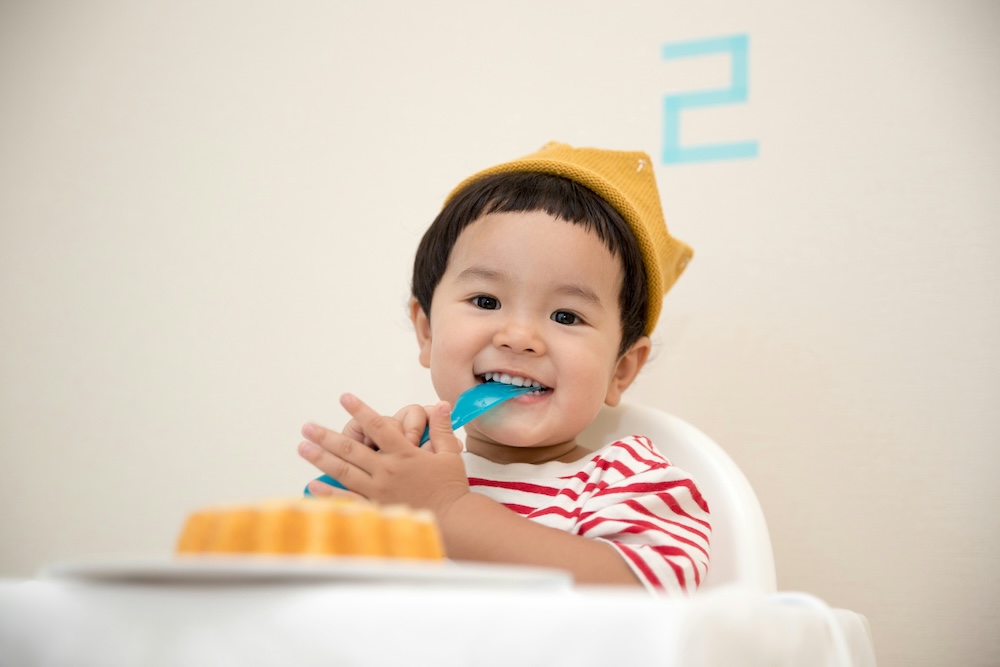If your child is a picky eater, getting them to eat well-balanced meals and healthy foods can feel like an everyday battle! It’s especially common for toddlers and young children to be picky eaters. Children can develop food preferences from an early age and trying new things can cause mealtime conflicts. However, there are many strategies that can help kids break out of picky eating patterns.
One tip that is always recommended is to eat together as a family as often as possible and with no distractions, such as using media devices or cell phones or watching television. When you eat together as a family, you have an opportunity to model healthy eating. Children are more likely to develop good eating habits when they see the rest of the family following them. At mealtime, it’s helpful to add at least one food your child likes. This will encourage them to eat their entire meal when they have something on their plate that they enjoy. We advise against offering food bribes, such as a treat or dessert if your child finishes their meal. While it is okay to let your child enjoy an occasional treat or dessert, making it part of a reward system for finishing their meal can turn eating healthy into an unpleasant chore rather than a normal routine.
Making food fun can entice your kids to eat the foods you give them. Consider cutting foods into fun shapes or arranging them in creative ways so that they’re more exciting. Try adding flavors or mixing up the foods to make them tasty. For example, you might want to offer your child a fun dip to go along with their vegetables or add sauce, herbs, or spices to their meals. Sometimes changing the texture can help. For example, if your child doesn’t like eating raw carrots, you can try heating and mashing them. It might take some trial and error to see what flavors and textures your child prefers. The key is to be patient during the process and keep trying to add new foods as well as foods your child previously had an aversion to. It takes time for kids’ taste buds to evolve.
When your child refuses to eat the food that you give them, avoid fighting them over it. Pressuring kids can make them more adamant about not eating or dislike the food even more. Substitute the food for something else that provides the same nutrients. For example, if your child hates radishes, try giving them Brussels sprouts instead. Another method that can be helpful is the food bridge method. This is using a food your child already likes as a bridge to introduce a new food. An example is if they like mashed potatoes, serve some with broccoli and cheese. Once they can accept that, you can then offer broccoli with cheese alone.
Lastly, we recommend involving kids in the meal planning process. Let them have a say in some of the ingredients you use and the fruits and vegetables you pick out. Give them a menu of healthy options and make sure that the different food groups are included, i.e. grains, protein, complex carbohydrates, healthy fat, vegetables, etc.
If you’re still struggling with picky eaters in your household and you’re concerned that your child is not getting enough nutrients, contact our office to speak to our pediatrician for the best course of action to take.



